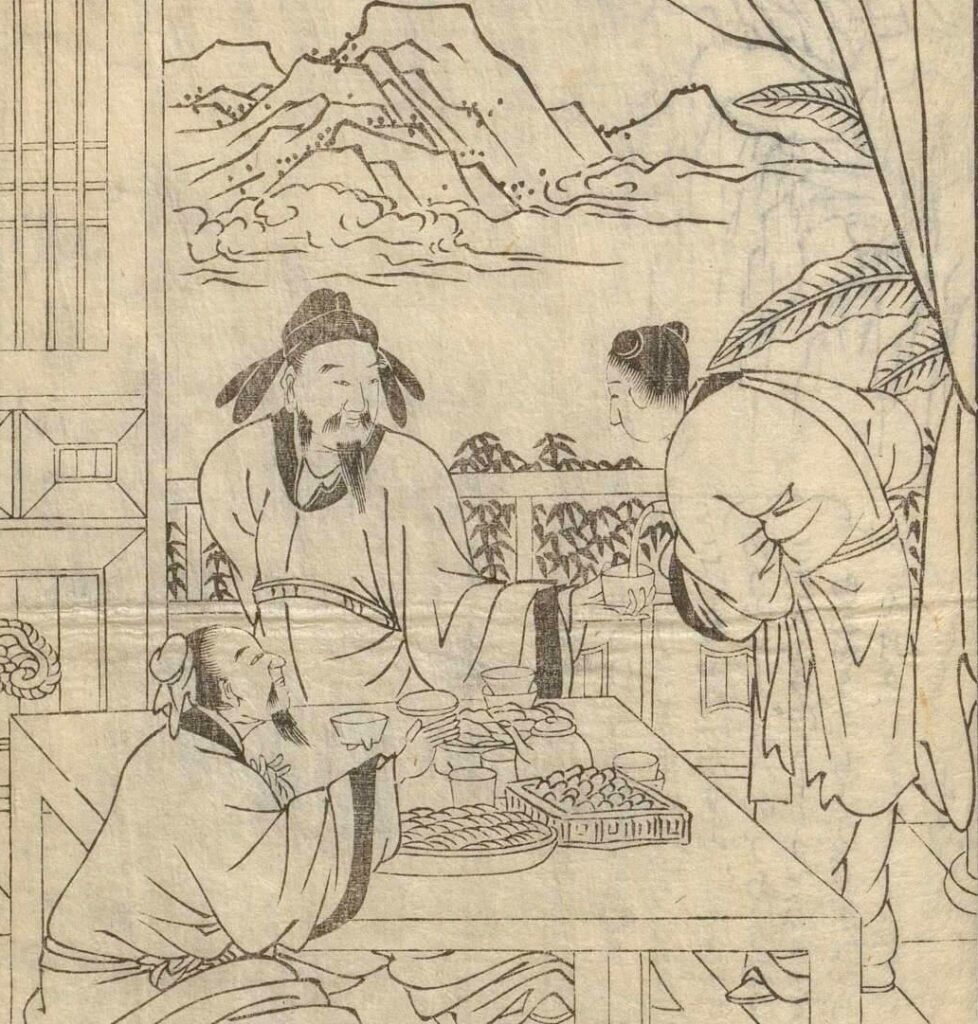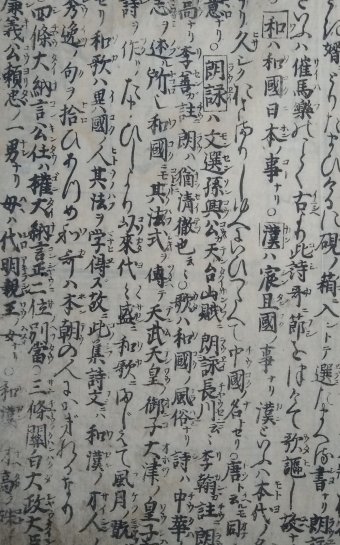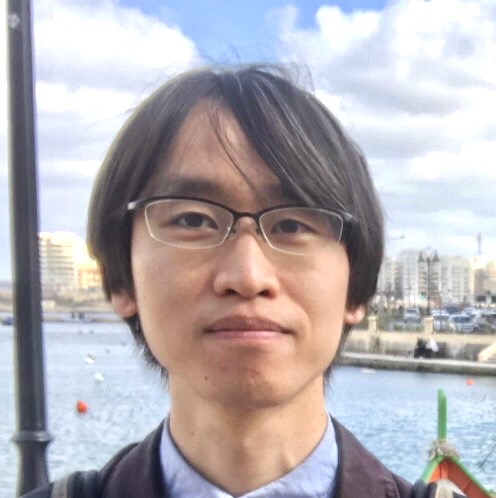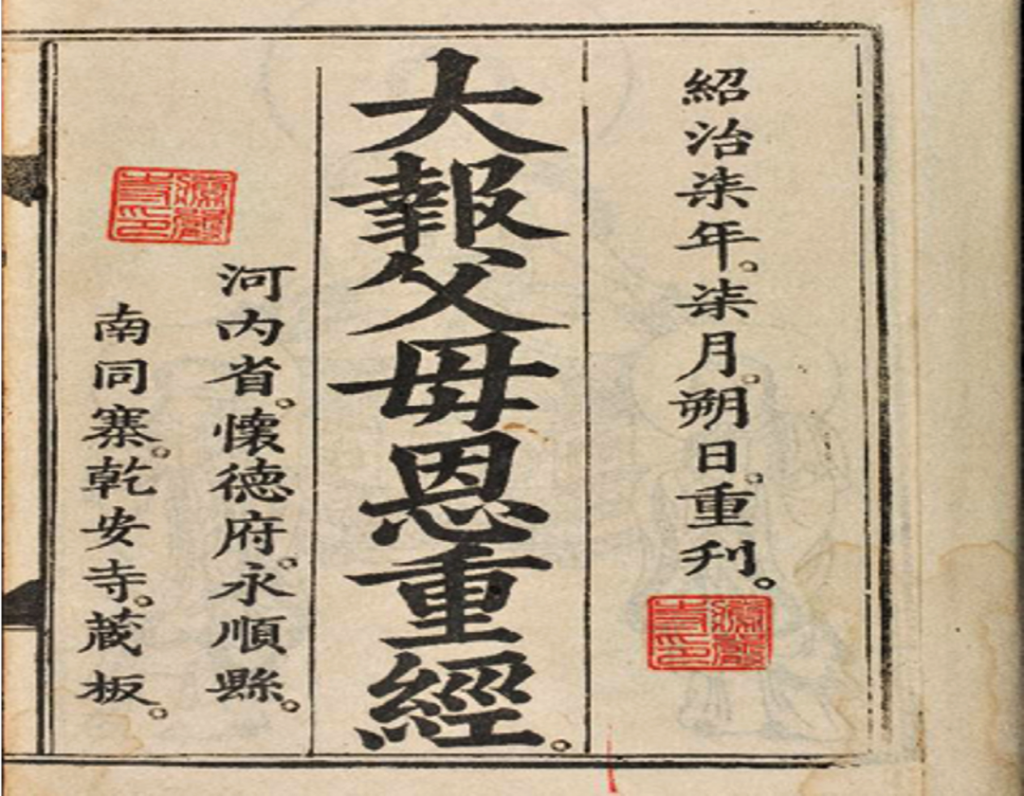
Dr. Nan Ma Hartmann
Queen’s College, CUNY
November 14, 2024
4:30 PM
Jones Hall 202, Princeton University
The Tang shi xuan, a 16th century anthology of Tang poetry compiled by Li Panlong (1514-1570), was highly influential during the Edo period. Its popularity is evident from numerous translations and commentaries written and published in Japan. This presentation focuses on a series of parodic adaptations of poems from the anthology by the eminent and prolific writer Ōta Nanpo (1749-1823). These parodies are punctuated with a crude and sometimes salacious/scatological sense of humor while maintaining stylistic characteristics of classical Chinese poetry. As a case study of a key genre of humorous writing, kyōshi (“delirious poetry”), this presentation will examine the convoluted multi-dimensionality of Edo period intellectuals, introducing their playful renegotiation of genres and reinvention of literary canons.







 Dr. Nhung Tuyet Tran
Dr. Nhung Tuyet Tran